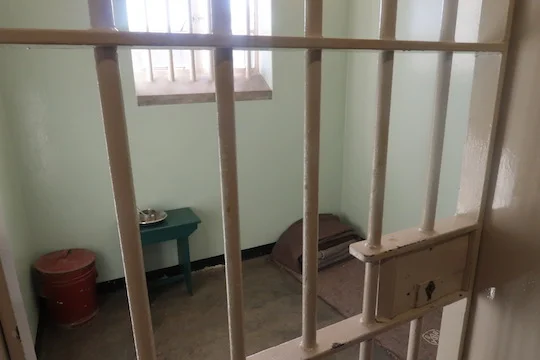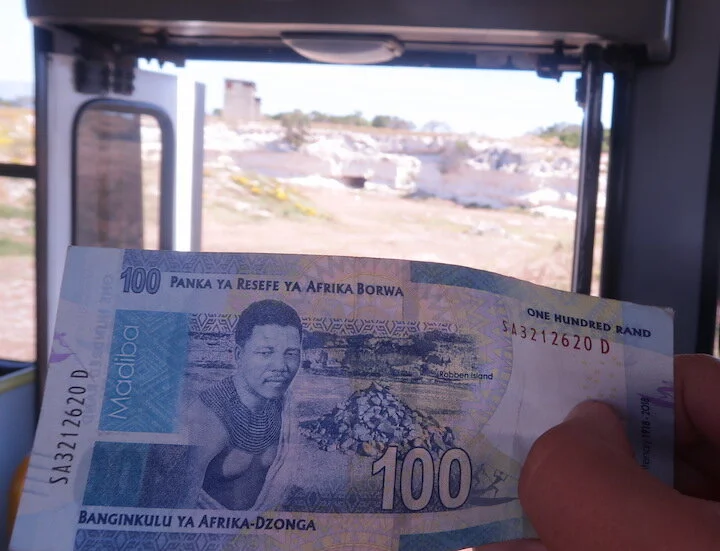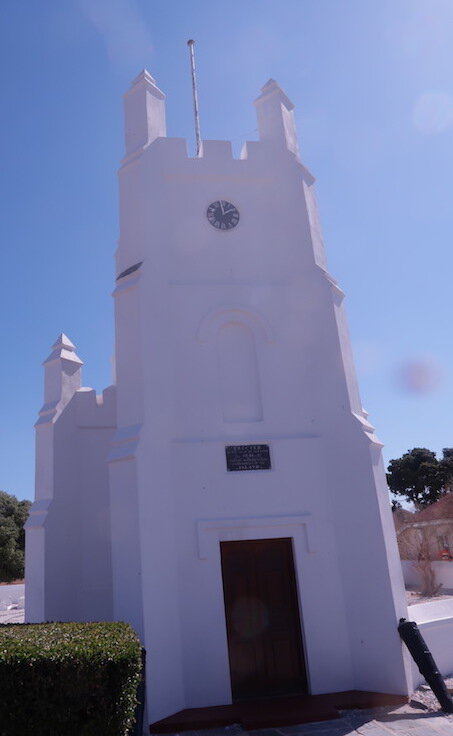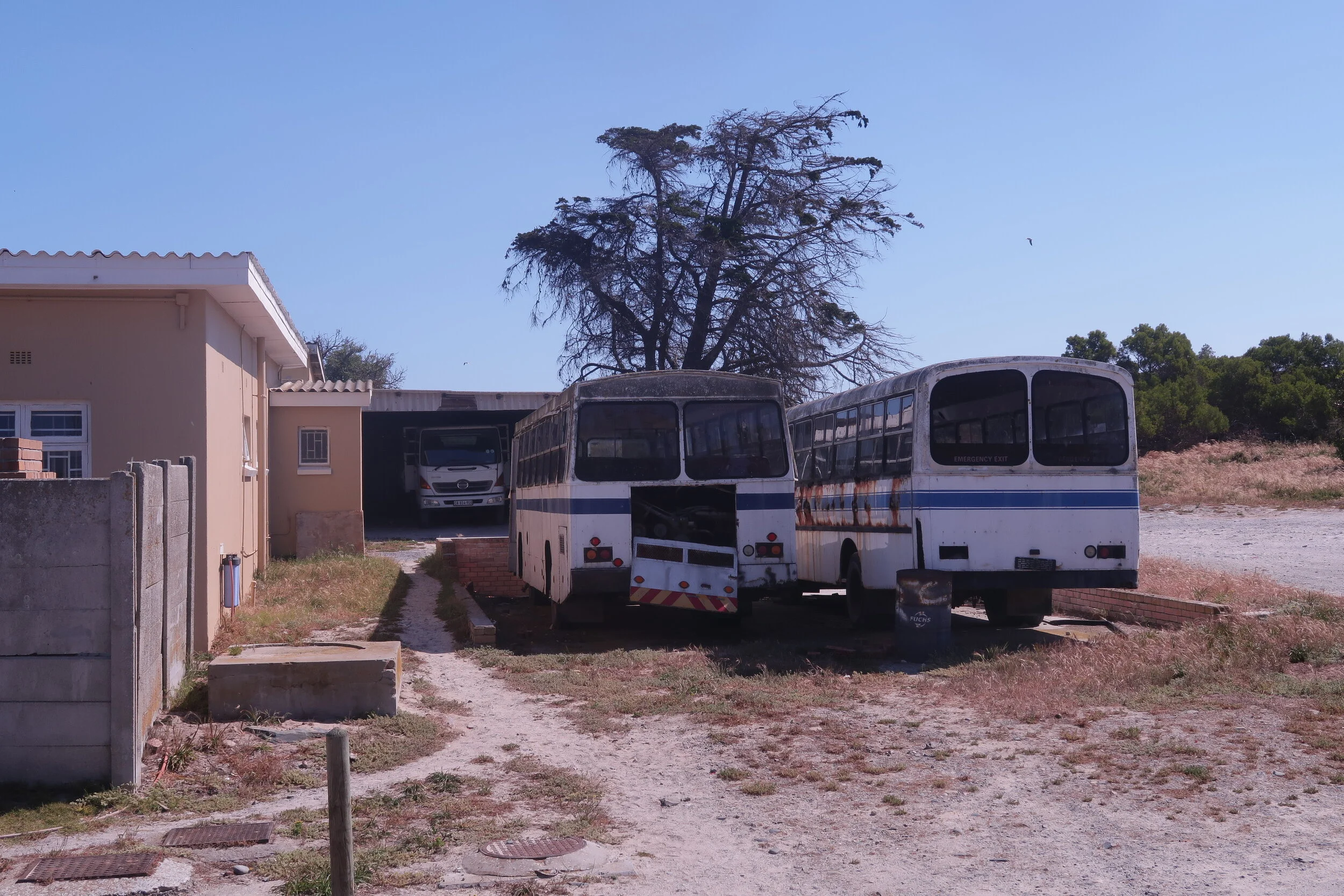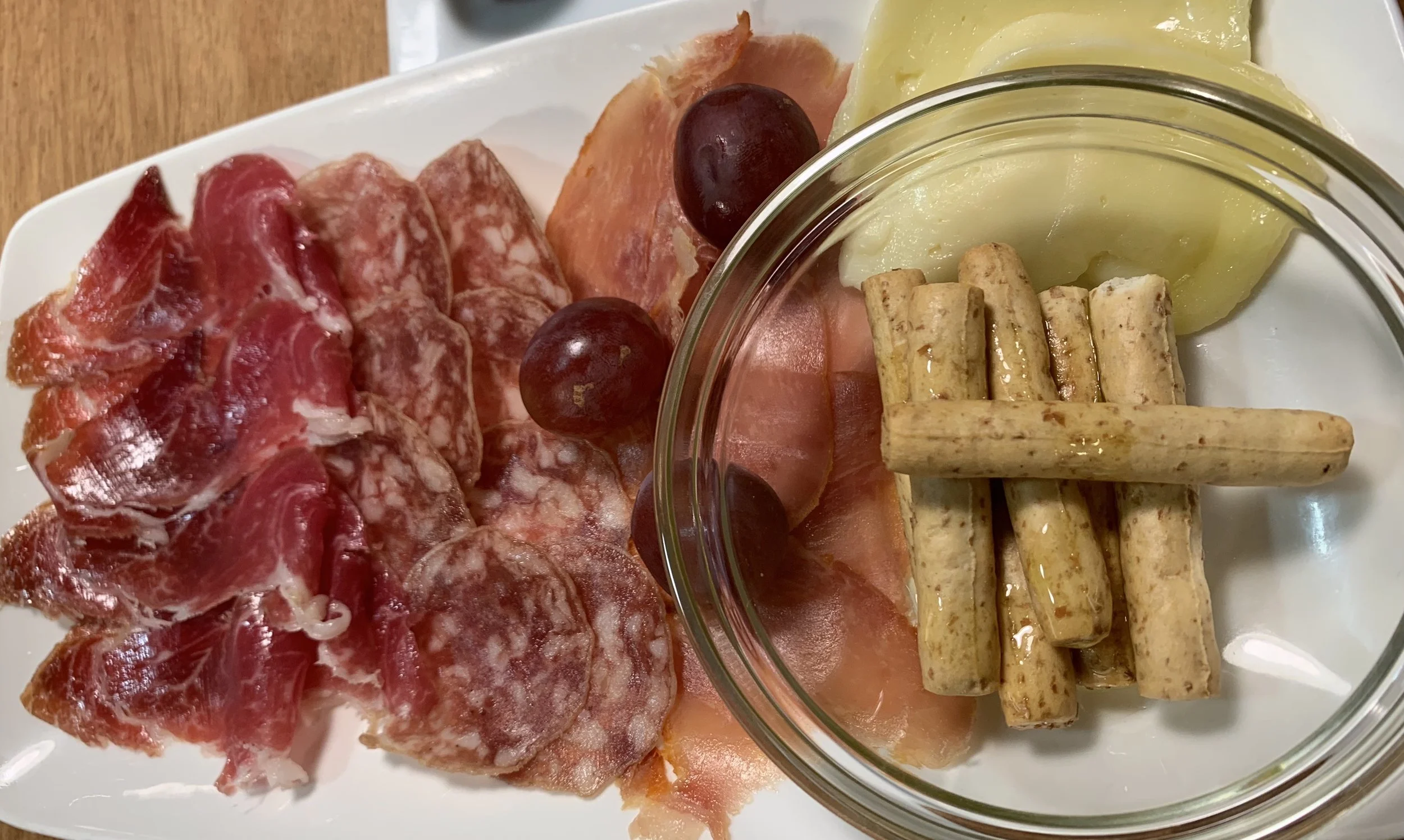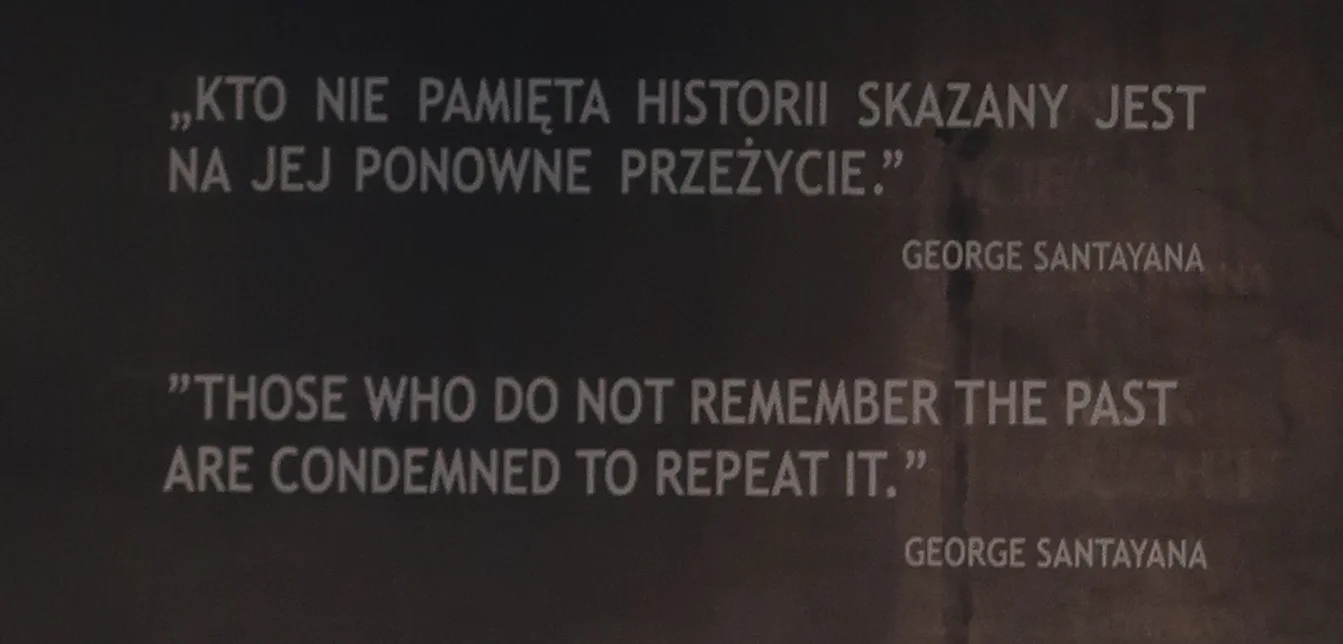They Learn... Robben Island
Robben Island is a UNESCO World Heritage site most famous as the location which imprisoned Nelson Mandela for 18 years before the fall of apartheid. He was only one of many leaders imprisoned for their anti-apartheid activism. Please visit this island if you are visiting Cape Town. In the meantime, here is some of what we learned.
Leprosy Prisoners
There are thousands of graves on Robben Island from the leper colony which was created back in 1845. At first, it was a voluntary and lepers were free to leave the island, but in 1892, an act was passed and lepers were forced onto the island and restricted from leaving.
They were separated by gender with the objective to stop them from having babies. At the time, it was believed that leprosy could be genetically inherited. Still, people ended up procreating and as it turns out, the babies did not have leprosy. It is not carried down from mother to child. Please note that, since the 1940s, leprosy can be cured with 6-12 months of multi-drug therapy and early treatment does avoid disability.
National Youth Day - 16th June every year
On 16 June 1976, ~20,000 black students went to the streets to protest the introduction of Afrikaans as a medium of instruction in local schools. Afrikaans was referred to as “the language of my oppressor” by black South Africans. They and the indigenous tribal people all preferred English.
The photo to the right (courtesy of Wikipedia) is of Hector Pieterson. He was one of the first students shot that day. It has become a symbol of the Soweto uprising. Youth Day is now a public holiday in South Africa to remember all the brave students who protested that day.
Robert Sobukwe
When we think of the anti-apartheid movement, we immediately think of Nelson Mandela. I was not aware of Robert Sobukwe until our visit to Robben Island. He was kept in solitary confinement in a separate area of the island away with seven guards watching him. Sobukwe was one of the leaders of a march protesting against the “Pass Law” which required black people to carry a pass book at all times. He purposely made himself guilty by showing his pass to a police officer in an area that his pass book did not show approval for him to be in. He was sentenced to 3 years in prison. He finished his sentence and was interned at Robben Island where an act known as the “Sobukwe clause” was enacted allowing the Minister of Justuce to renew imprisonment on an annual basis. Sobukwe was imprisoned for three more years and is the only person imprisoned under this clause.
During his solitary confinement, prisoners who saw him were only allowed to wave. Sobukwe would pick up soil and hold it up. This was a reminder that we are all children of the land and the soil, and we must fight for our freedom to the very end.
Limestone Quarries
The prisoners were all required to excavate limestone quarries on the island. Many ended up with similar diseases, specifically, lung diseases. Sobukwe died of lung cancer and Nelson Mandela died after suffering from a prolonged respiratory infection. Mandela had damaged tear ducts which he blamed on the glare of the sun from the quarries. The prisoners didn’t get proper protective clothing and were told, “it’s not part of the prisoner uniform”.
Interestingly, the prisoners enjoyed the work though. This was the only time they could interact with each other: their fellow leaders of the anti-apartheid struggle. Our guide joked to us, “I like to think of their discussions in the caves during lunch where they spoke potential of the future Constitution as the first democratic meeting of South Africa.”
The photo above is of the 100 Rand note where Mandela’s face is shown on both sides. The back side is the younger version of him and it shows the stones from the quarry he worked at. In the background, we photographed that exact quarry which we visited during our trip.
Weddings on Valentine’s Day
Every Valentine’s Day, couples come to Robben Island to get married as the Garrison church. For 400 Rand, the bride and groom gets married with fifteen guests, an island tour, and have a party. It is one mass wedding ceremony and have been happening on Robben Island for 19 years. In 2019, the first same sex marriage was conducted.
Houses are being refurbished on the island with the intention of becoming overnight houses int he future for guests to spend more time on the island. Today, residents of the island are primarily the employees of the museum to take care of the island and maintain security. Their children ferry back to Cape Town each day to go to school. The residential area is known as Irish Town.
We want to give special thanks to Itumeleng Makwela.
He walked us through the prison area and was a former prisoner himself. Mr. Makwela was arrested in 1983 at the border of Botswana and South Africa. He was a member of Umkhonto we Sizwe (“The Spear of the Nation”), which was the armed wing of the African National Congress (ANC) and co-founded by Nelson Mandela who was also the commander-in-chief.
Mr. Makwela shared how there were police spies within the structure of the ANC. When he was arrested, the police already knew the details of meetings he had attended, what was discussed in them and what was planned. He was tortured in several prisons around the country. He was tied naked in an electric chair. They wanted to know where the weapons where. He told them. He was charged with high treason and sabatoge and sentenced to seven years. He completed all seven years at Robben Island.
The Robben Island tour always ends with a visit to the prisons guided by a former prisoner. Mr. Makwela shared that this is counseling for him. It allows him to let go of all the emotions he used to bottle up. By sharing his story, he feels healthier. Today, he lives on Robben Island with his wife and children. In fact, he lives next to former guards (the friendly ones) who also work on the island to maintain the place and ensure the story of what happened here is shared with the world.
Thank you Mr. Makwela for your bravery. We will forever remember our time with you.
